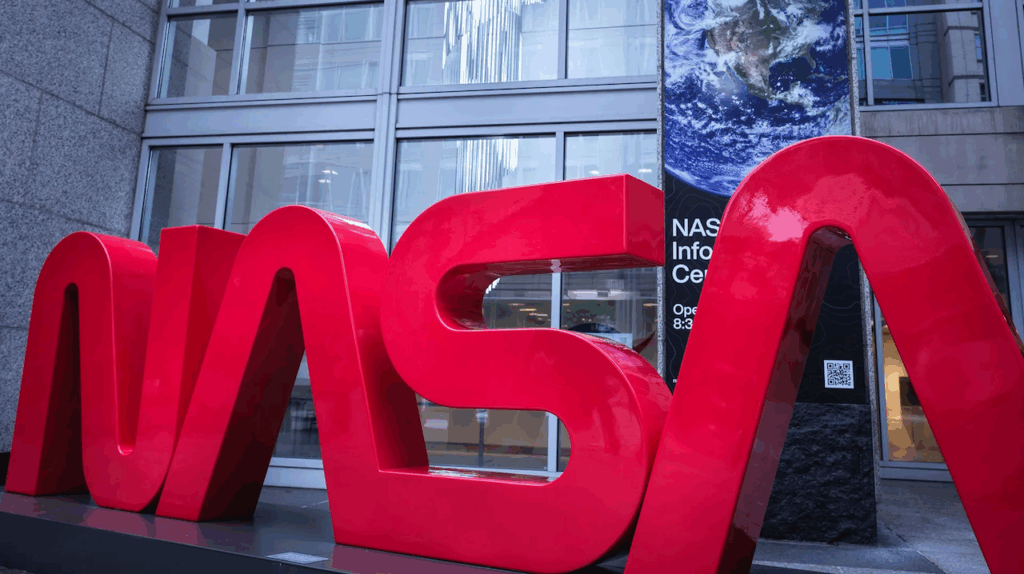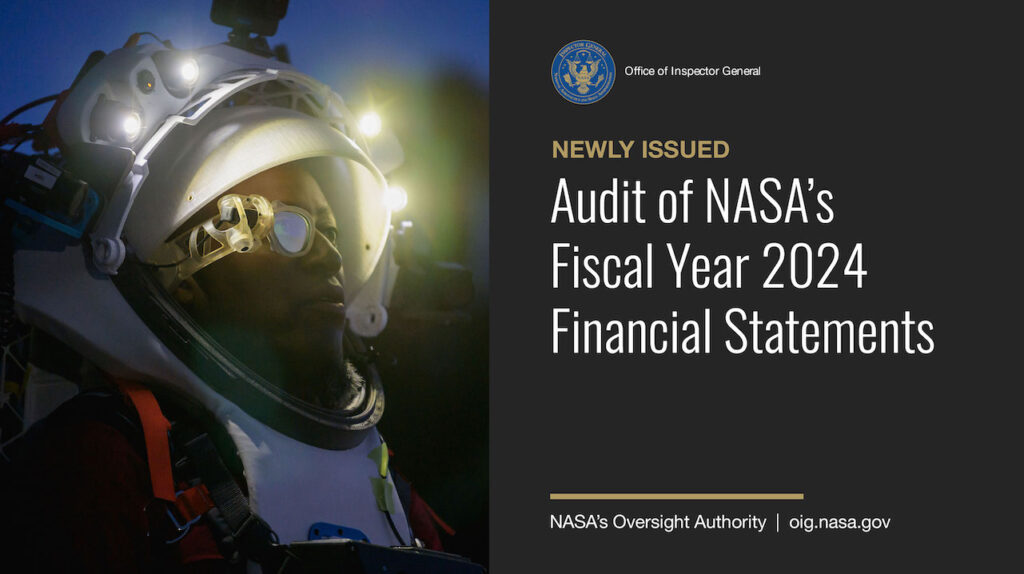American Competitiveness Initiative: No Room For NASA
Statement by NASA Administrator Michael Griffin before the Senate Subcommittee on Science and Space
“As part of his FY 2007 budget request to Congress, the President proposed the American Competitiveness Initiative, or ACI, to encourage American innovation and strengthen our Nation’s ability to compete in the global economy. Many have asked why NASA is not a part of the ACI. My response is that it is the mission of NASA to pioneer the future of space exploration, scientific discovery, and aeronautics research, while the ACI is focused on bolstering the Nation’s economic competitiveness in areas such as information technology and nanotechnology.”
 Editor’s note: Huh? Are we reading the same official White House documents, Mike? They even cite the Apollo program as an example! “Information technology and nanotechnology” are listed along with multiple other areas – many of which directly relate to what NASA does. Given the proposed increase in government funding for other scientific research endeavors, and the money lavished upon ACI, one can only draw the conclusion, by its overt omission, that NASA is not ranked as highly as are other research and technology programs. Trying to divert notice of that fact by trying to suggest that ACI is not really focused on things relevant to NASA is disingenuous, to say the least.
Editor’s note: Huh? Are we reading the same official White House documents, Mike? They even cite the Apollo program as an example! “Information technology and nanotechnology” are listed along with multiple other areas – many of which directly relate to what NASA does. Given the proposed increase in government funding for other scientific research endeavors, and the money lavished upon ACI, one can only draw the conclusion, by its overt omission, that NASA is not ranked as highly as are other research and technology programs. Trying to divert notice of that fact by trying to suggest that ACI is not really focused on things relevant to NASA is disingenuous, to say the least.
American Competitiveness Initiative
An important element of the American Competitiveness Initiative is Federal investment in research and development (R&D). Under President Bush, this investment has increased by more than 50 percent to $137 billionthe largest sustained increase since the Apollo space program in the early 1960’s. Similarly, President Bush and Congress have provided historic funding increases for K-12 education over the last five years and have successfully instituted critical policy reforms as a part of the President’s No Child Left Behind Act.
American Competitiveness Initiative Goals:
- 300 grants for schools to implement research-based math curricula and interventions
- 10,000 more scientists, students, post-doctoral fellows, and technicians provided opportunities to contribute to the innovation enterprise
- 100,000 highly qualified math and science teachers by 2015
- 700,000 advanced placement tests passed by low-income students
- 800,000 workers getting the skills they need for the jobs of the 21st century
This Administration has consistently pursued policies and investments that reflect the need for a vigorous science and technology enterprise, as outlined by the National Science and Technology Council’s 2004 report, Science for the 21st Century, and by the President’s 2004 plan to inspire A New Generation of American Innovation.
Recognizing the critical importance of science and technology to America’s long-term competitiveness and building on these previous efforts, President Bush introduced the American Competitiveness Initiative, an aggressive, long-term approach to keeping America strong and secure by ensuring that the United States continues to lead the world in science and technology, in his State of the Union Address on January 31, 2006.
This $5.9 billion ACI includes $1.3 billion in new Federal funding and an additional $4.6 billion in R&D tax incentives. Specifically, the ACI:
- Doubles, over 10 years, funding for innovation-enabling research at key Federal agencies that support high-leverage fields of physical science and engineering: the National Science Foundation, the Department of Energy’s Office of Science, and the National Institute for Standards and Technology within the Department of Commerce;
- Modernizes the Research and Experimentation tax credit by making it permanent and working with Congress to update its provisions to encourage additional private sector investment in innovation;
- Strengthens K-12 math and science education by enhancing our understanding of how students learn and applying that knowledge to train highly qualified teachers, develop effective curricular materials, and improve student learning;
- Reforms the workforce training system to offer training opportunities to some 800,000 workers annually, more than tripling the number trained under the current system;
- Increases our ability to compete for and retain the best and brightest high-skilled workers from around the world by supporting comprehensive immigration reform that meets the needs of a growing economy, allows honest workers to provide for their families while respecting the law, and enhances homeland security by relieving pressure on the borders.








